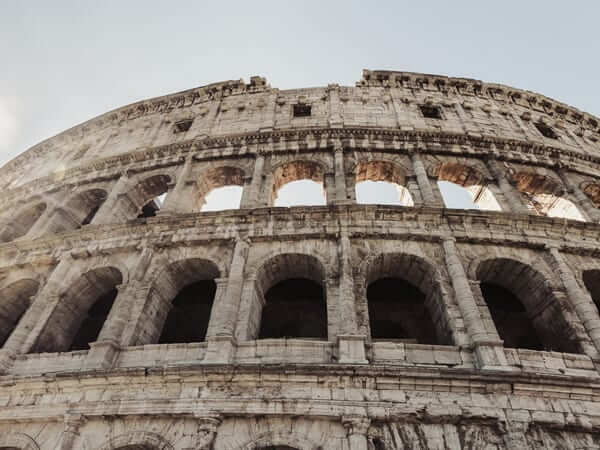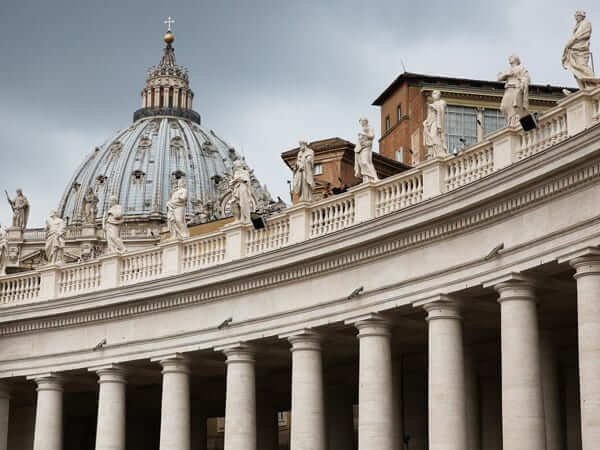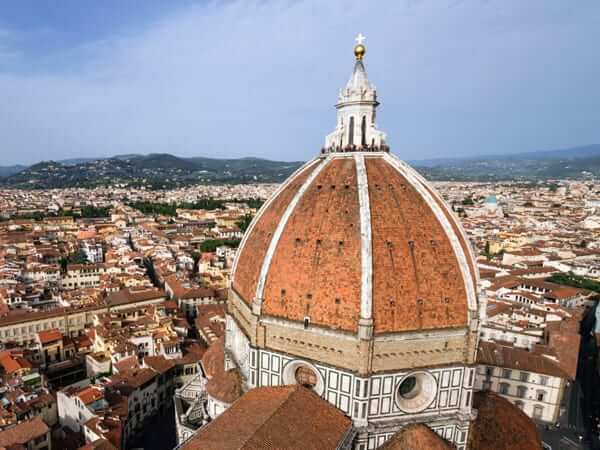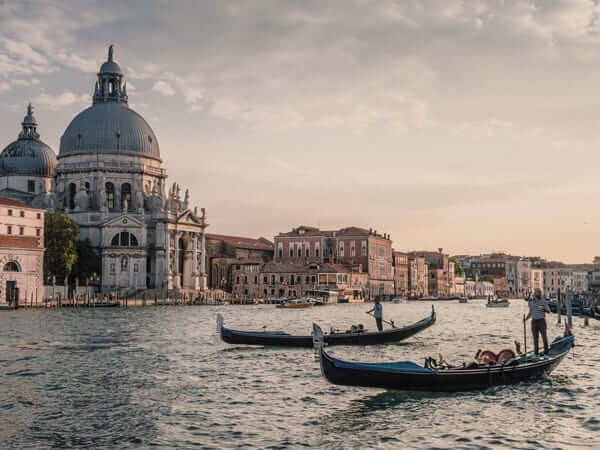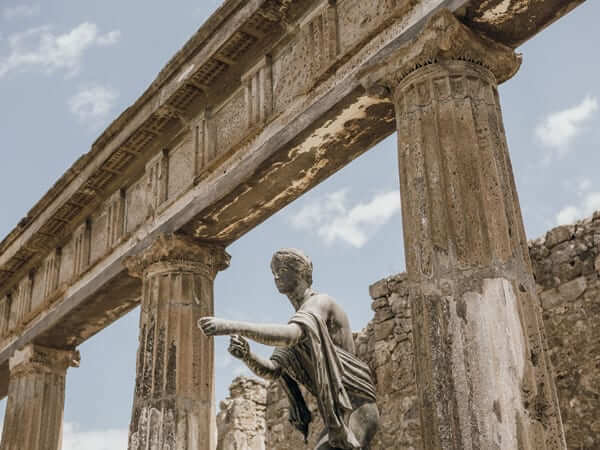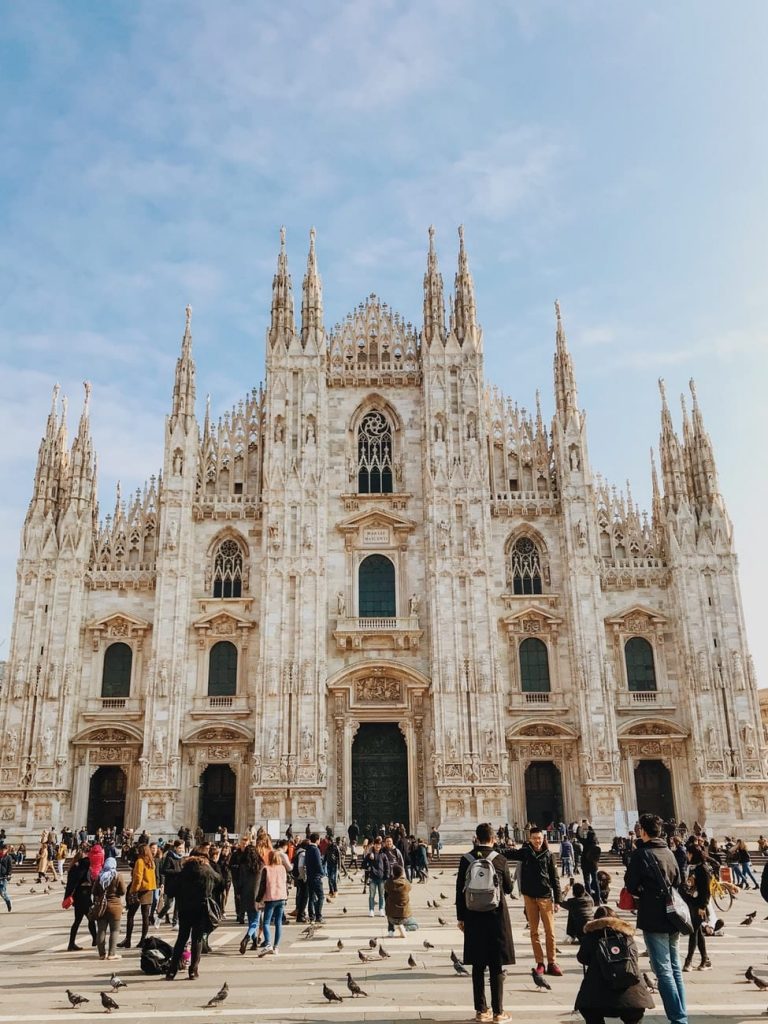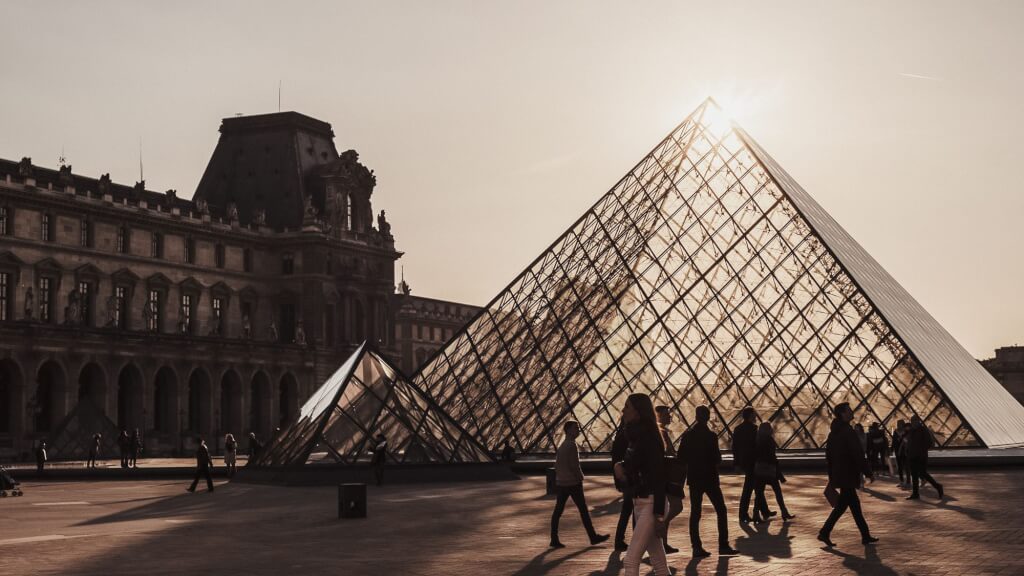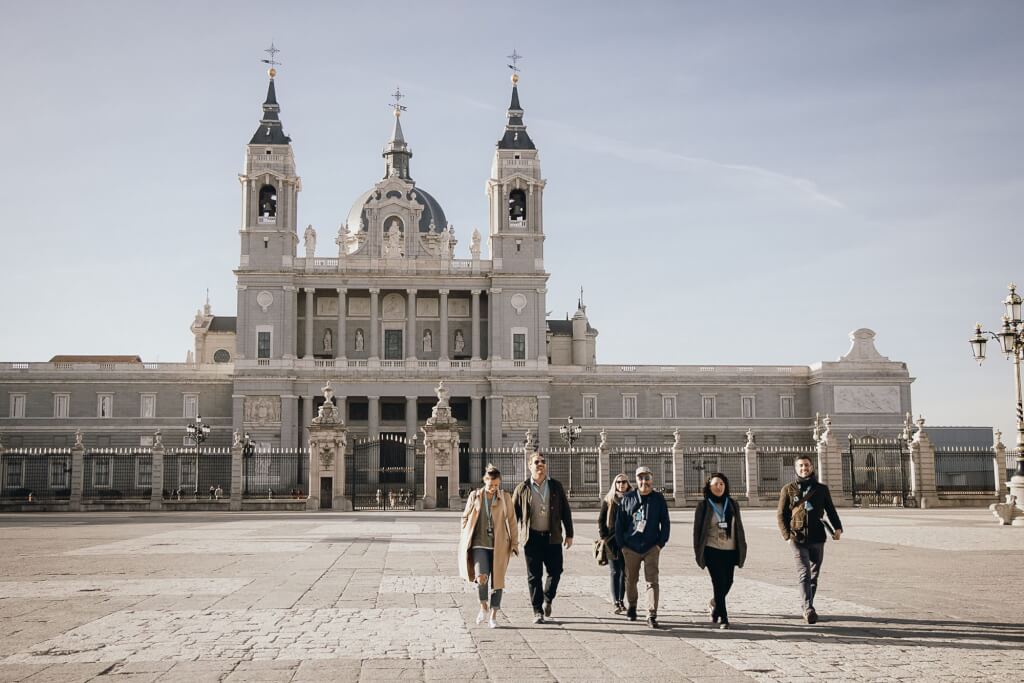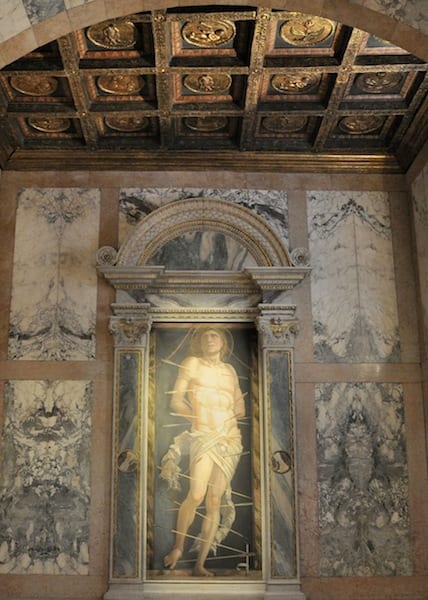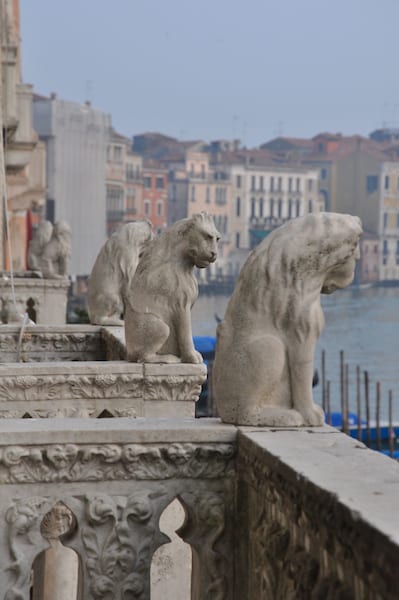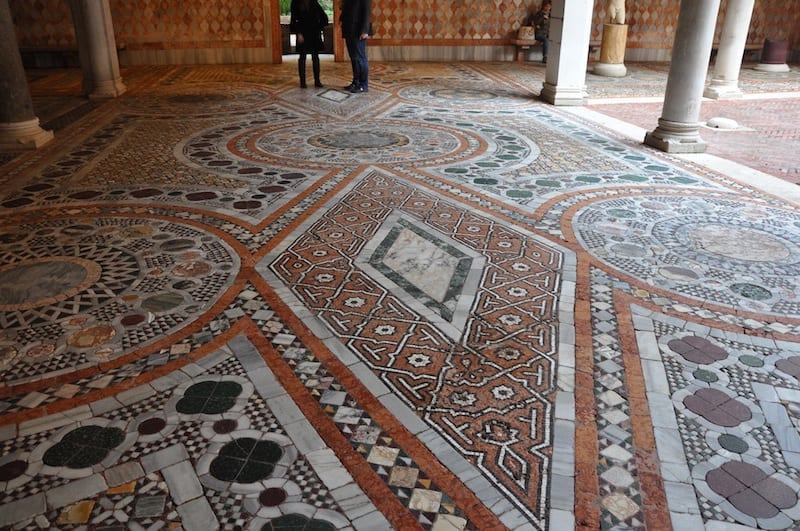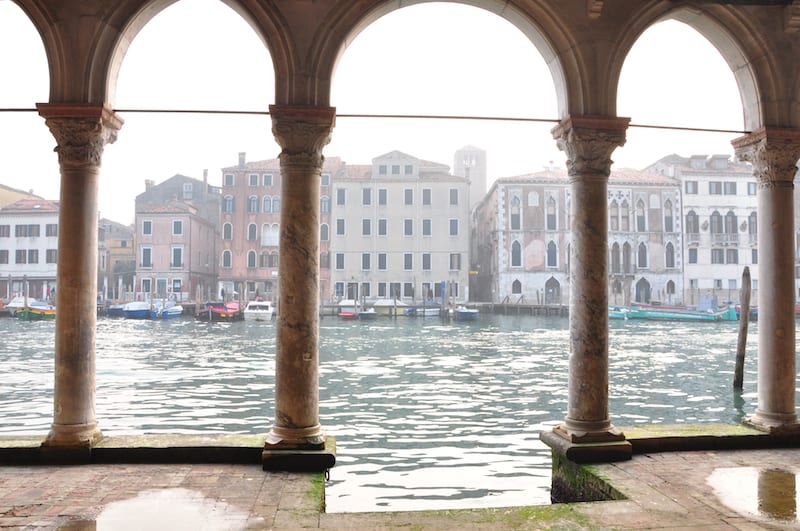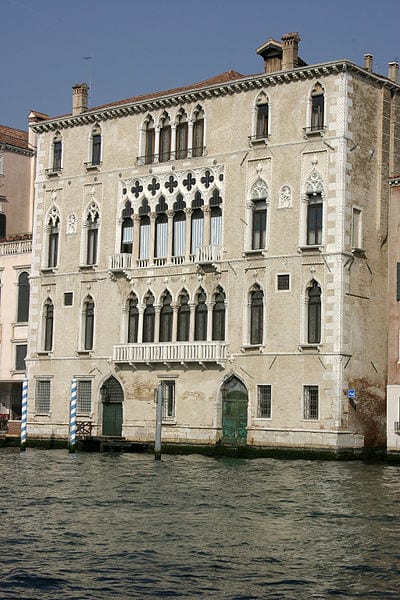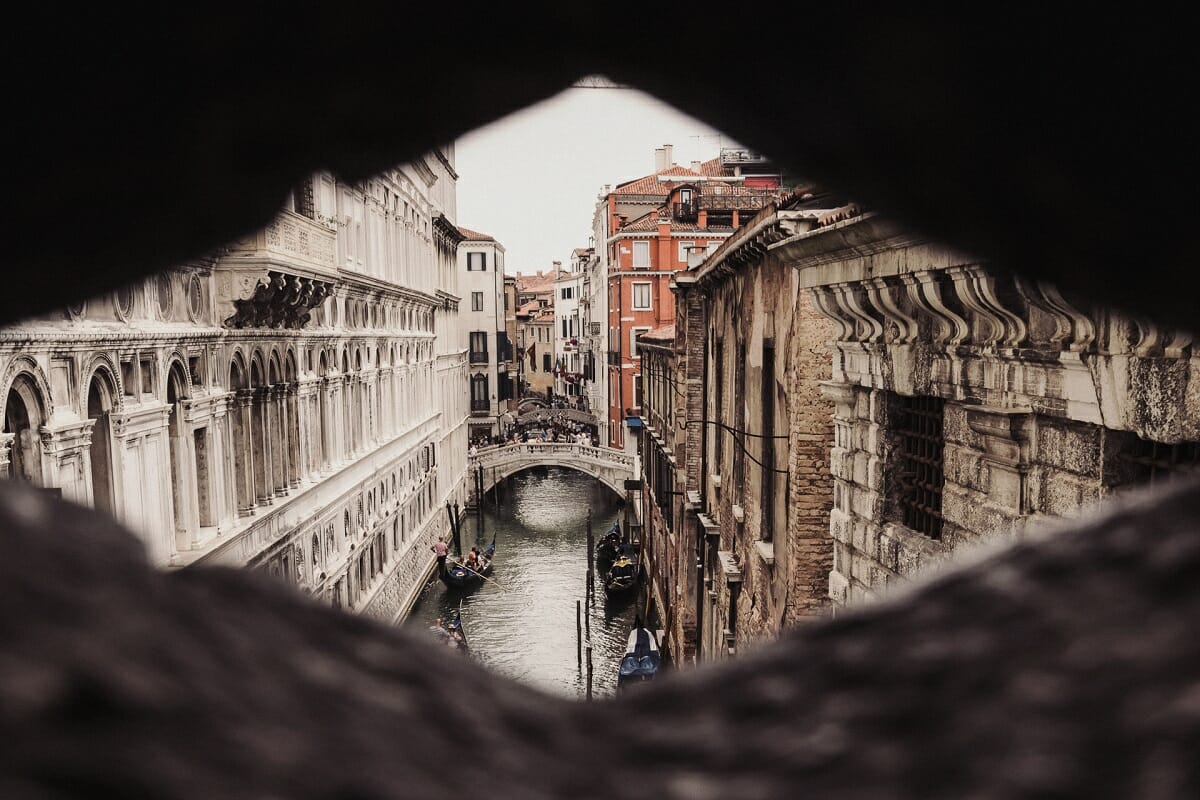
6 Secrets of Venetian Architecture: Materials, Styles, & More
October 28, 2025
When cruising down the Grand Canal, it’s hard not to notice the many beautiful facades of the Venetian palaces! But the Venetian architecture you’re looking at isn’t just lovely, it also tells a story unique to the Floating City.
From their beautiful windows to their tall, elegant facades, every piece of a Venetian palazzo has a reason behind it. Here’s how to “read” the gorgeous architecture of Venice’s finest palaces, and, in the process, understand what Venice is really all about!
Table of Contents
ToggleVenetian architecture : Gothic, and Eastern
One thing to notice when you’re looking at Venice’s architecture in general, with its elegant, pointed arches and lacy details, is just how different it looks from the architecture you see in, say, Rome or Florence.
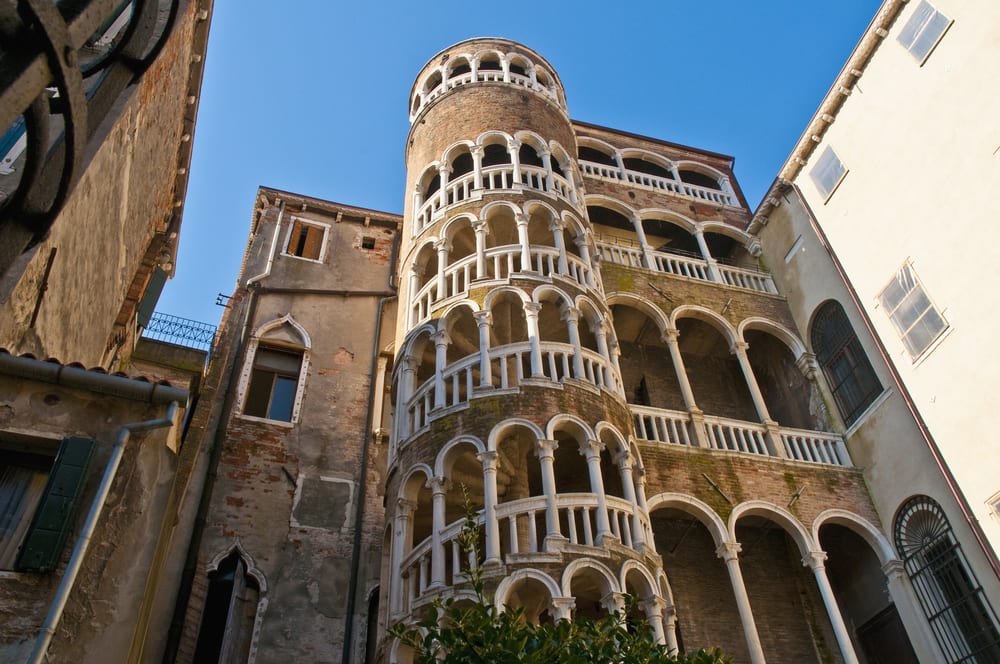
Built at the end of the 15th century, Palazzo Contarini del Bovolo mixes both Gothic and Renaissance styles
Unlike those cities, Venice was at its most prosperous during the Middle Ages. By the 12th century, it was already a powerful and monied republic. And at that time, Gothic-style architecture was the trend. Unsurprisingly, therefore, Venetian architecture became largely Gothic architecture, with its asymmetricality and emphasis on light.
After the Renaissance hit, with its focus on rationalism and balance, architects started to incorporate some of its hallmarks (like rounded, rather than pointed, arches). Even so, they’d continue to blend Renaissance innovations with that same Gothic style.
Plus, unlike other Italian cities, Venice had close ties to the East thanks to its vast trade networks. A lot of Venetian architecture, therefore, was taken from Byzantine and Moorish styles. Just check out this photo of the Ca’ d’Oro, one of Venice’s loveliest palaces, built in the early 15th century:
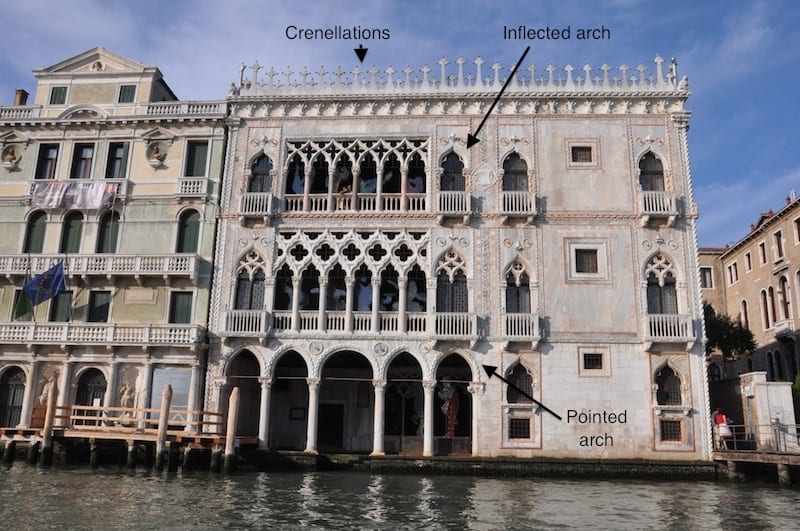
The Ca’ d’Oro palazzo is a great example of how Venetian architecture drew on both the Byzantine and Moorish
You can see the inflected arch above, which likely originally came from the Moors. And on the bottom, you can see the pointed arch, always a hint that what you’re looking at is Gothic. Meanwhile, the crenellations that you see, topping many of Venice’s palaces like a row of lace, were often seen topping ancient Greek temples—but the ones on the Ca d’Oro have a Moorish style.
Venetian architecture : Building on water
Venice’s setting on the water may have made a lot of sense for the mercantile city—but it was also dangerous when it came to building! The area’s land was extremely soft, as well as subject to the tides, meaning that heavy or inflexible materials were very risky. Plus, all that moisture was hard on building materials.
Brick and stucco
One solution was to build in brick. Much lighter than stone, bricks also had the benefit of being smaller and placed side-by-side—so if the earth moved beneath the structure, the building could (to some extent!) shift with it. Plus, bricks don’t retain moisture, always a help in a water-logged city. That brick would then usually be faced with stucco, protecting them even more from the weather.
Wooden features
The problem with having to keep buildings light also led to using a lot of wood. While buildings elsewhere might use stone for their foundations and vaults, for example, Venetian architecture uses the lighter wood. That also explains the painted, wooden-beamed ceilings that you often see in the palaces.
Glass windows
Finally, other Italian cities shied away from using too much glass in their palaces, given its expense and how vulnerable it was to those who might wish the wealthy residents harm. Thanks to Venice’s setting on the lagoon, though, it was very safe from enemies. Meanwhile, the nearby island of Murano had an extensive glass-making industry, meaning that the material was much cheaper than elsewhere. The result? Lots of windows!
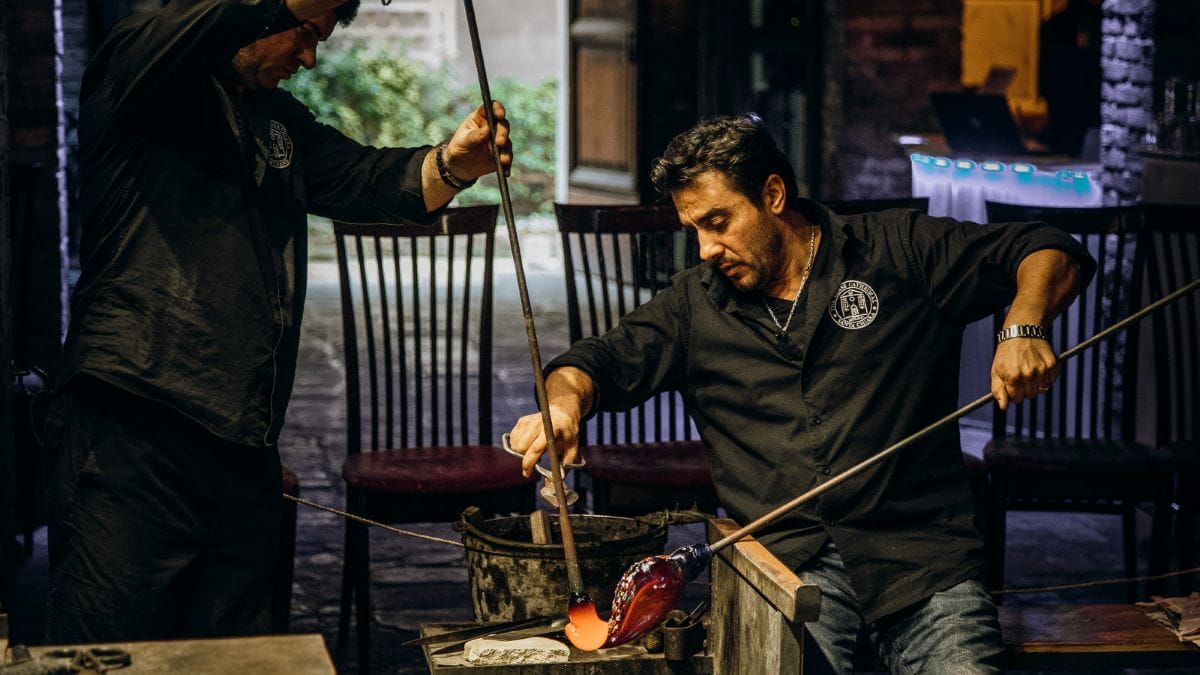
The glass making industry in Murano is still going strong and prevalent today.
Why Venetian palaces don’t face the streets
One odd characteristic of Venice’s palaces is that they don’t face the streets… the palaces face canals! Of course, since Venice’s canals were its streets, this makes sense. And keep in mind that many of the streets that you walk on in modern-day Venice didn’t exist for most of Venetian history. When the main train station was built in the 19th century, the city filled in many canals and created piazzas to help out all of the new visitors who didn’t have their own boats.
Keeping up with the Jones´
Because of how many people would see your canal-facing facade, you’d make sure that your facade showed not just style, but wealth. Showing how rich you were was especially important in Venice, since it was a merchant city, money and power were closely intertwined.
At the same time, a noble family’s hands were somewhat tied. To maintain some level of Venetian architectural cohesion (and to keep people from parading their wealth around too much!), laws restricted ornamental statuary and other over-the-top touches.
But, of course, families got around this. Ornate carvings showed off an (expensive!) artisan’s skill. And, although you had to be careful of using too much of a heavy material like stone or marble, it might be used as an accent and a further display of your wealth. Expensive red porphyry roundels, for example, might stud the facade of your home, and even though it was probably small, your courtyard might use tiles of precious stones.
Making use of space
Other architectural features of Venetian palaces often come about for practical reasons, like lack of space. While noble families could build sprawling palaces in cities like Rome and Florence, that Venice was an island meant that land simply… ran out! With space at a premium, even wealthy families had to compensate by building up, not out. Venetian palaces, therefore, usually look tall and elegant, not broad and formidable.
With every inch counting, an expansive courtyard or garden, features of so many palaces elsewhere, was out. Instead, Venetian palaces boasted balconies to allow their residents to get a bit of air. The lack of open space inside could also make the buildings very dark and dreary — so builders opened up the palaces’ facades with big windows, loggias and arcades, letting light into the interior of the house.
Another way around the lack of land was by building “double palaces.” Instead of every family building their own house, two parts of a noble clan might live in one palazzo, splitting it by each having its own water gate — the reason why you sometimes see two doors onto the water in the same building.
The reason for those big chimneys
One other oddity of Venice’s architecture and Venetian palaces is that they have big, funny-shaped chimneys, usually in the form of an upside-down cone or pyramid. The reason is simple: Fire was a constant threat in any city, but for a city built on water, it was all the more frightening. Plus, with all of those wooden ceilings and beams, it would spread quickly! As a result, the chimneys were designed to keep embers from escaping… and lighting that pretty palazzo you’d put so much effort into on fire.
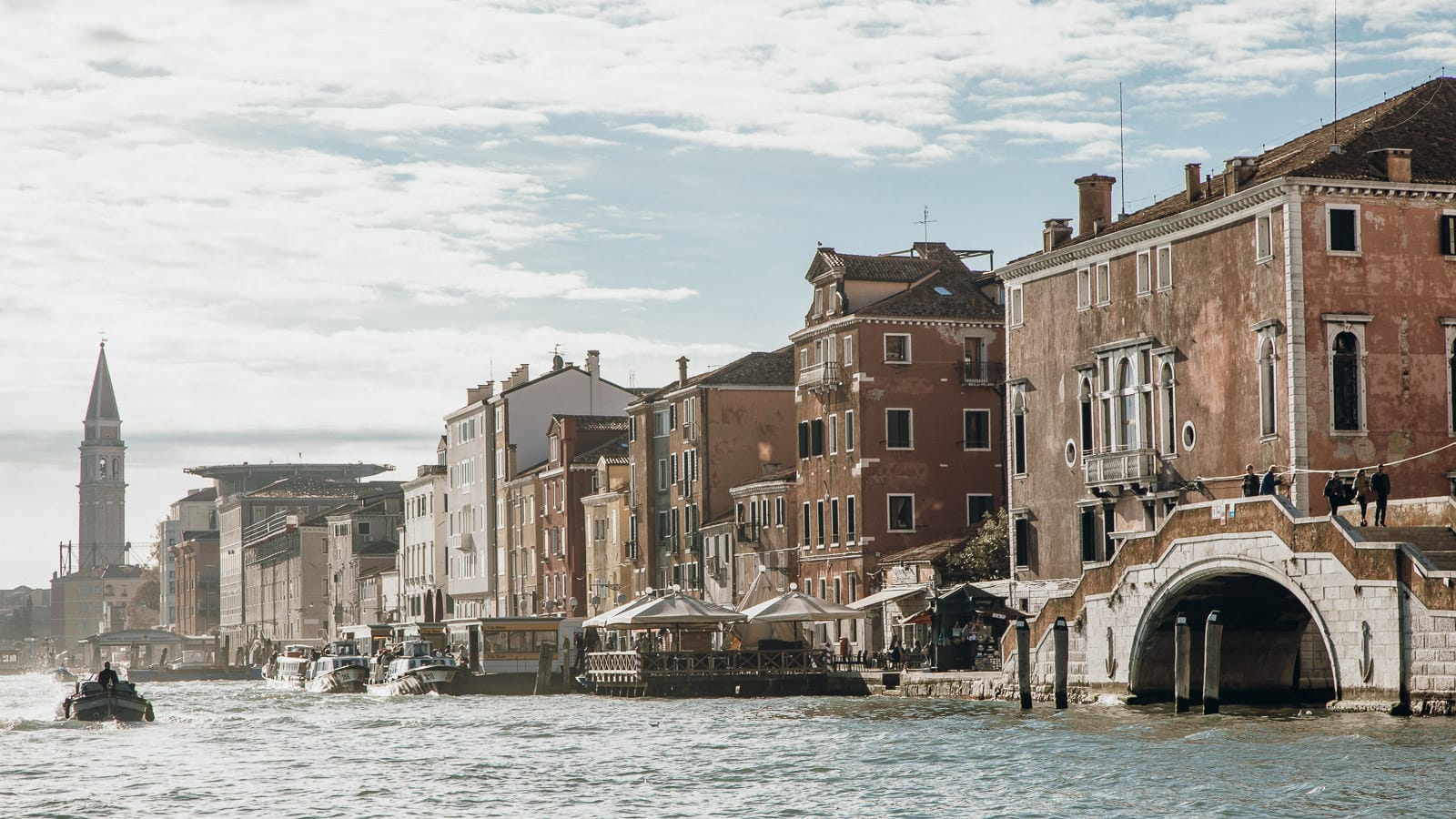
The waterways of Venice are simply stunning and special, you have to visit at least once in your life.
FAQ´s – Venetian architecture
What are some must-see examples of Venetian architecture?
Some of the finest examples of Venice’s architectural beauty include the Doge’s Palace, the Ca’ d’Oro, and Palazzo Contarini del Bovolo. Each showcases the city’s trademark mix of Gothic, Byzantine, and Renaissance influences. Exploring these sites—especially from a boat on the Grand Canal—offers a fascinating look into how Venice’s architectural style evolved alongside its maritime history.
How does Venice manage flooding? Can you still visit during high water?
Venice experiences seasonal flooding, known locally as “acqua alta”, typically from October to January. Raised walkways are installed in the most affected areas, allowing visitors to continue sightseeing. In recent years, the MOSE flood barrier system has greatly reduced the impact of flooding, meaning tourists can still enjoy most attractions even during high water.
Besides architecture, what else should visitors experience in Venice?
Beyond its palaces, Venice offers plenty to explore—wander through the Rialto Market, take a gondola ride at sunset, or visit the islands of Murano and Burano to see glassmaking and colorful houses. Don’t miss a visit to St. Mark’s Basilica and a stroll through the hidden backstreets where you can discover authentic Venetian cafes and local artisans.
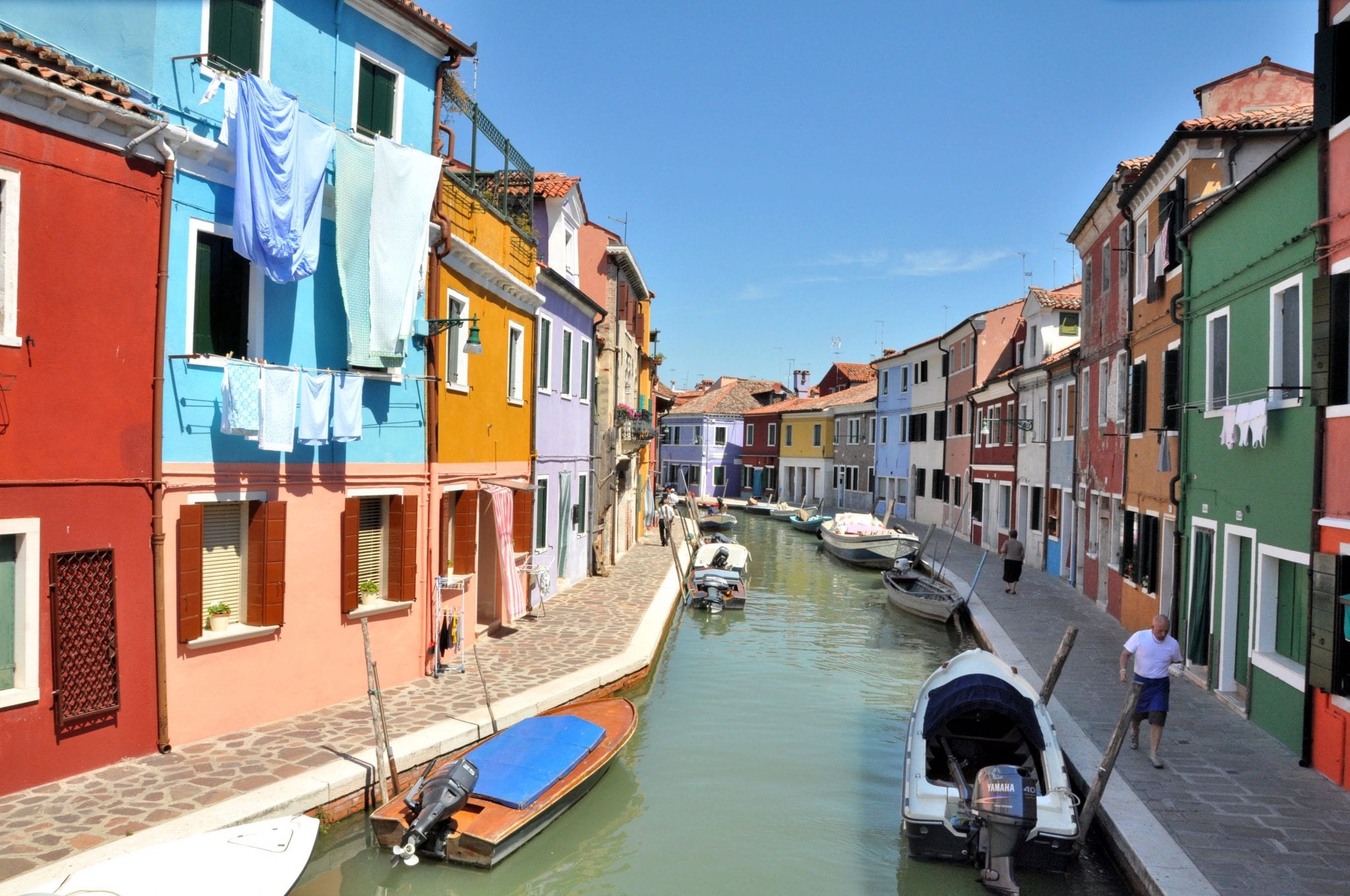
The main canal of Burano is a colourful sight to behold!
Curious to learn more secrets about the history of Venice? Join us one of our tours of the Floating City, where an expert guide will help you navigate Venice’s untold sights and stories. There is a whole host of different tours to choose from, such as the award winning Venice in a Day with St Mark’s Basilica, Doge’s Palace & Gondola Ride or you can also gain special access with our tours of St.Marks Basilica after hours.
And,fFor a little taste of what it’s really like on the water in Venice, check out our video below!
by Walks of Italy
View more by Walks ›Book a Tour
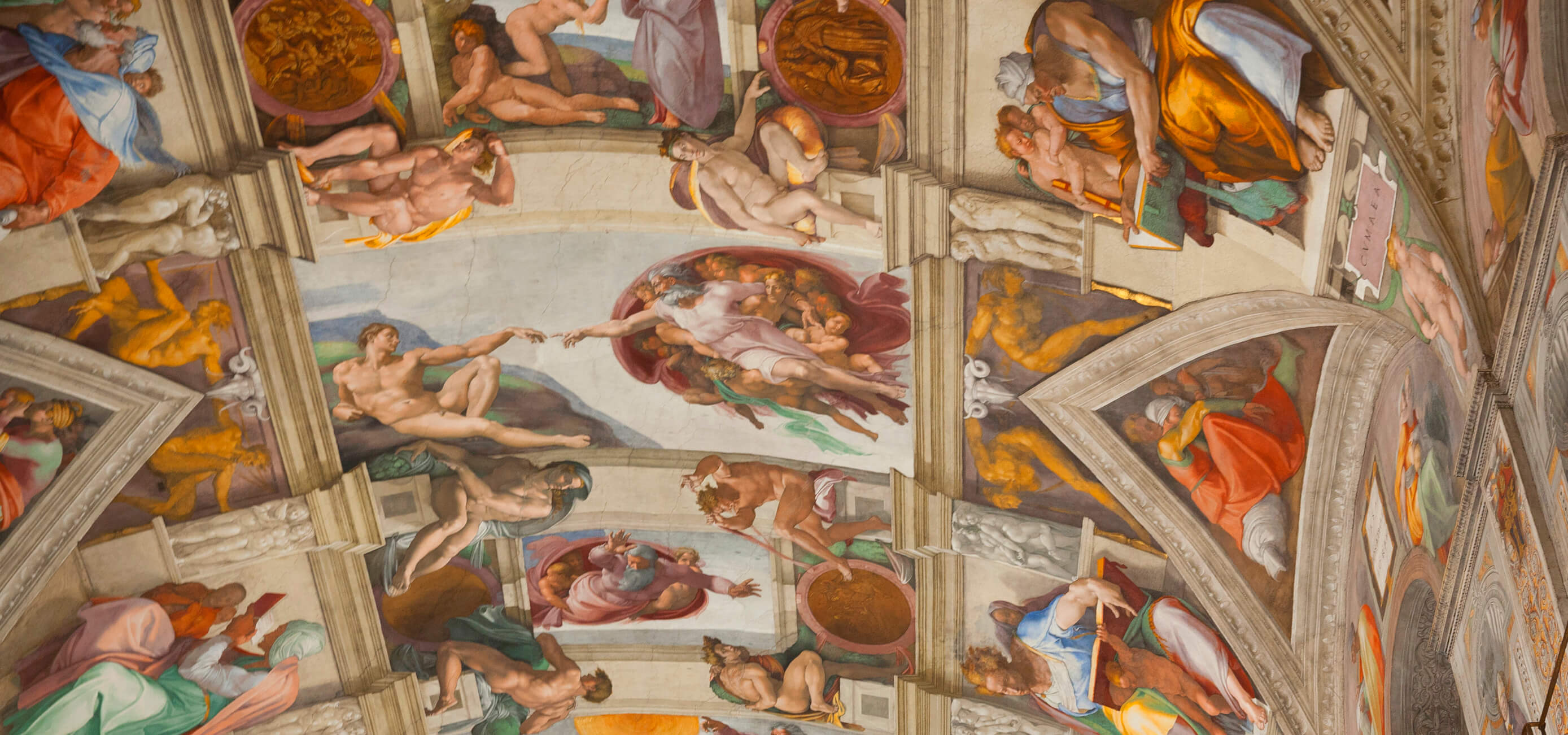
Pristine Sistine - The Chapel at its Best
€89
1794 reviews
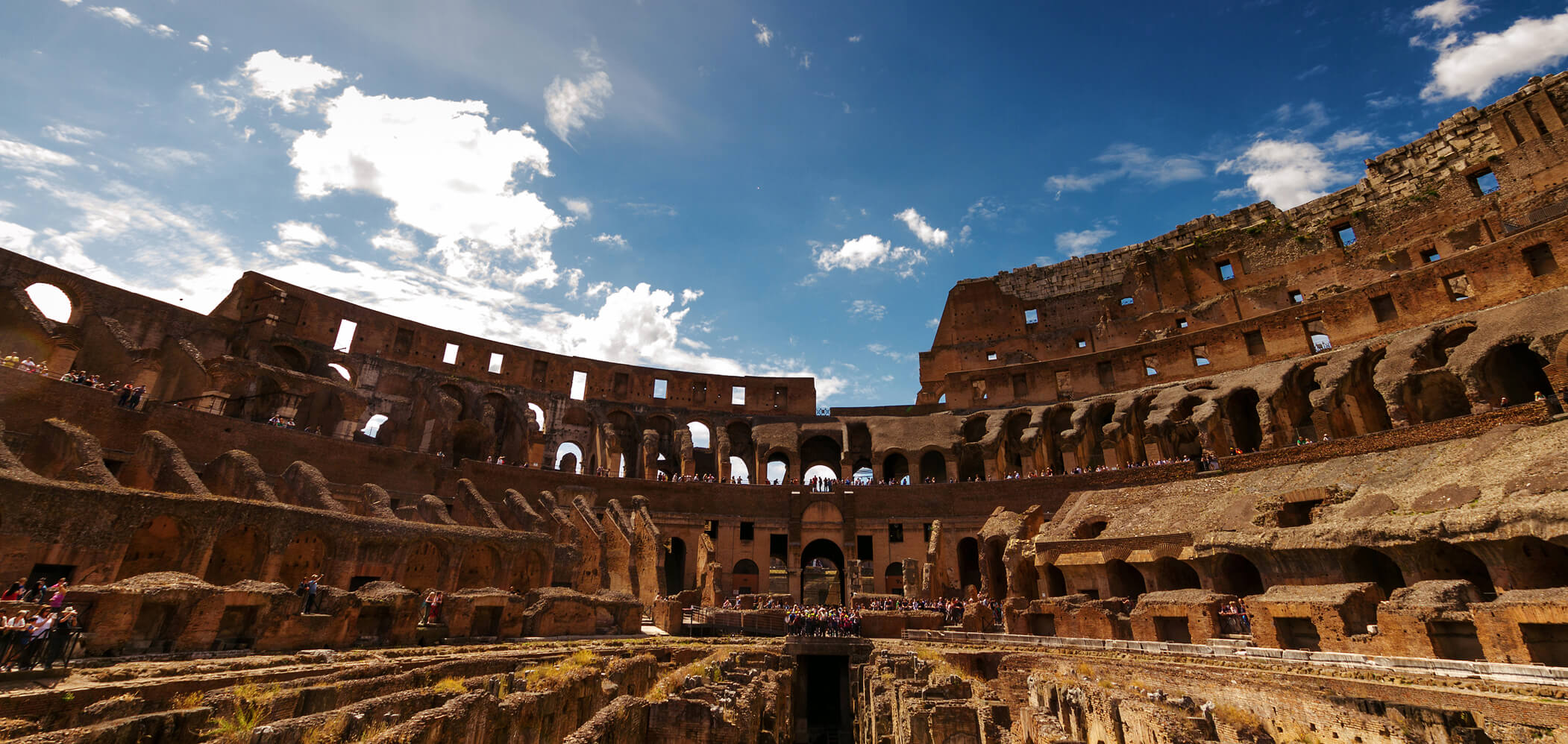
Premium Colosseum Tour with Roman Forum Palatine Hill
€56
850 reviews

Pasta-Making Class: Cook, Dine Drink Wine with a Local Chef
€64
121 reviews

Crypts, Bones Catacombs: Underground Tour of Rome
€69
401 reviews
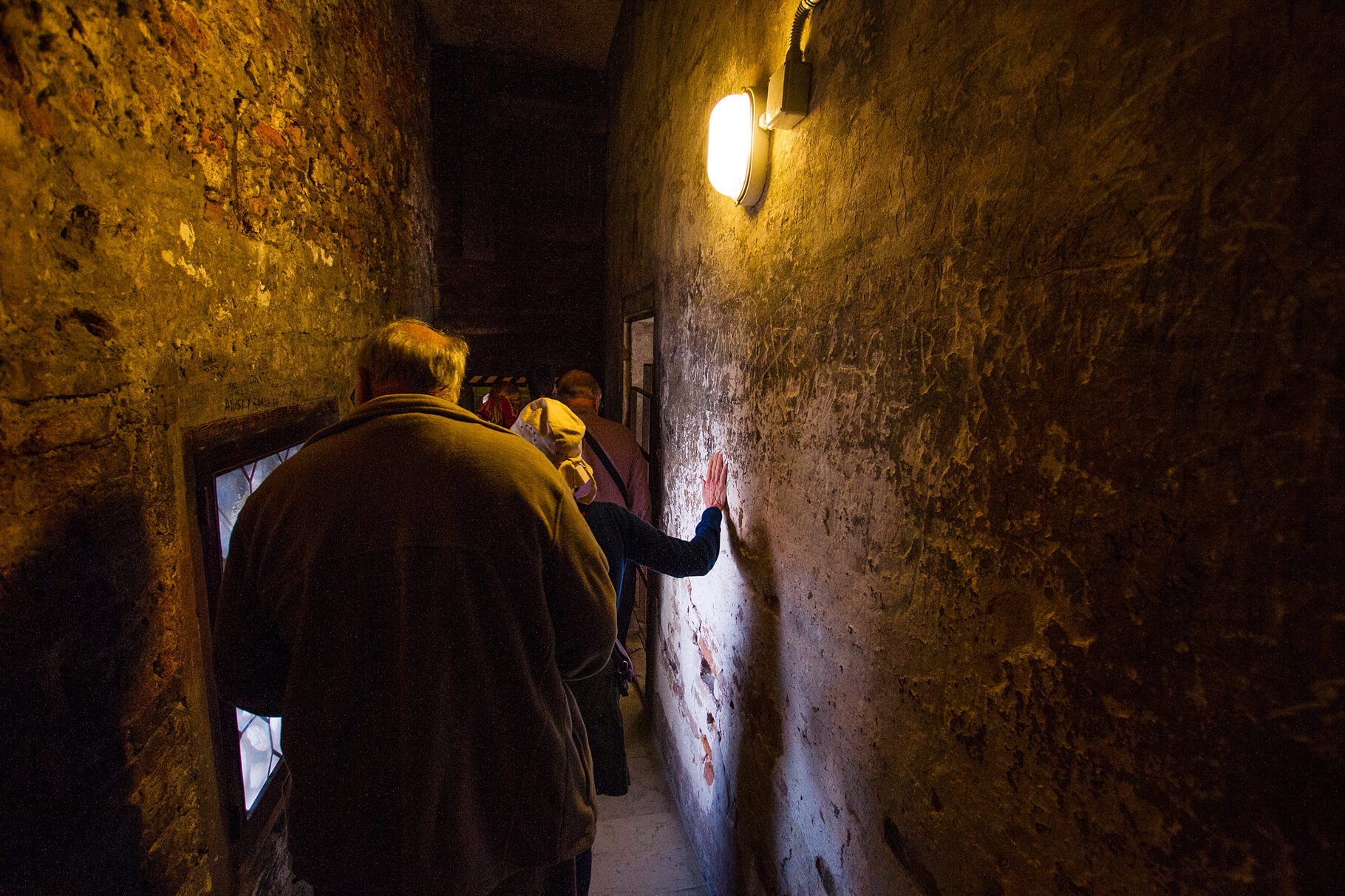
VIP Doge's Palace Secret Passages Tour
€79
18 reviews
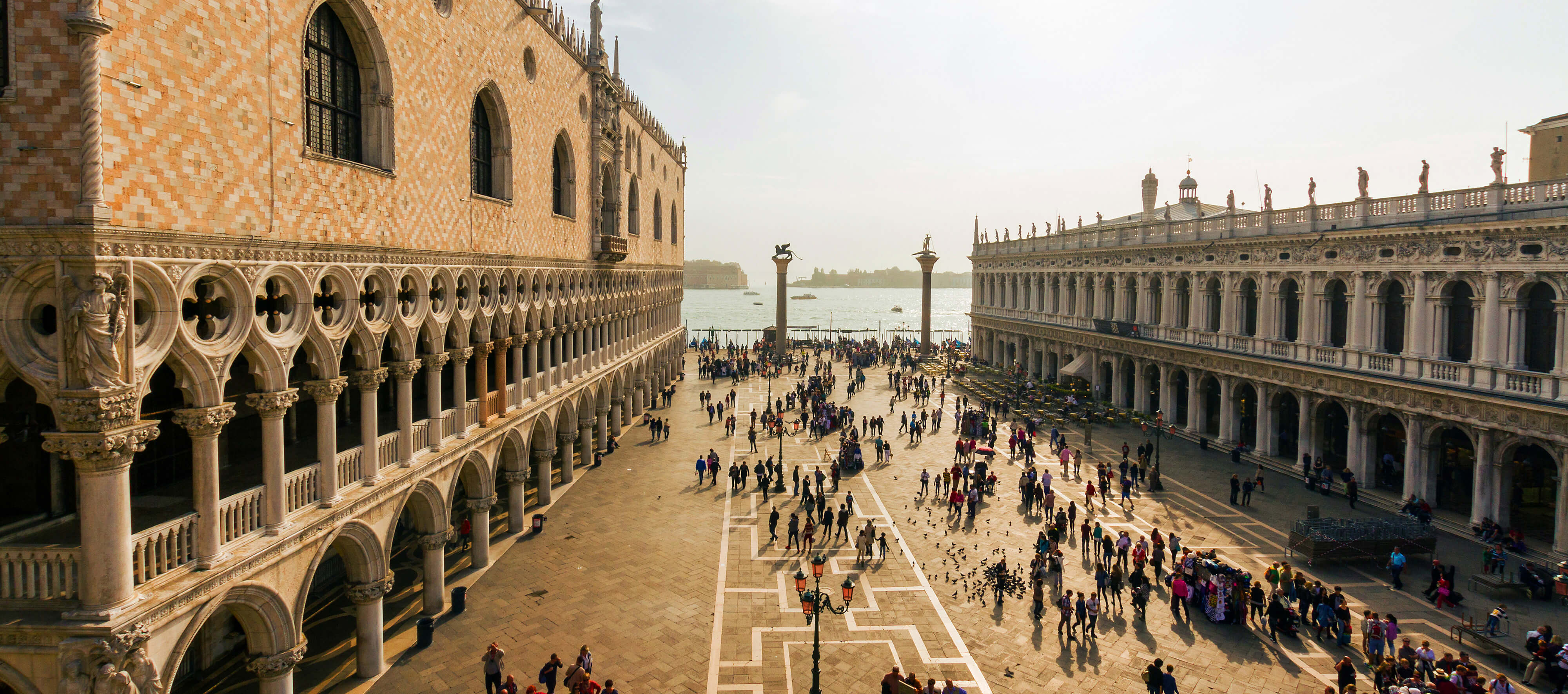
Legendary Venice: St. Mark's Basilica, Terrace Doge's Palace
€69
286 reviews
